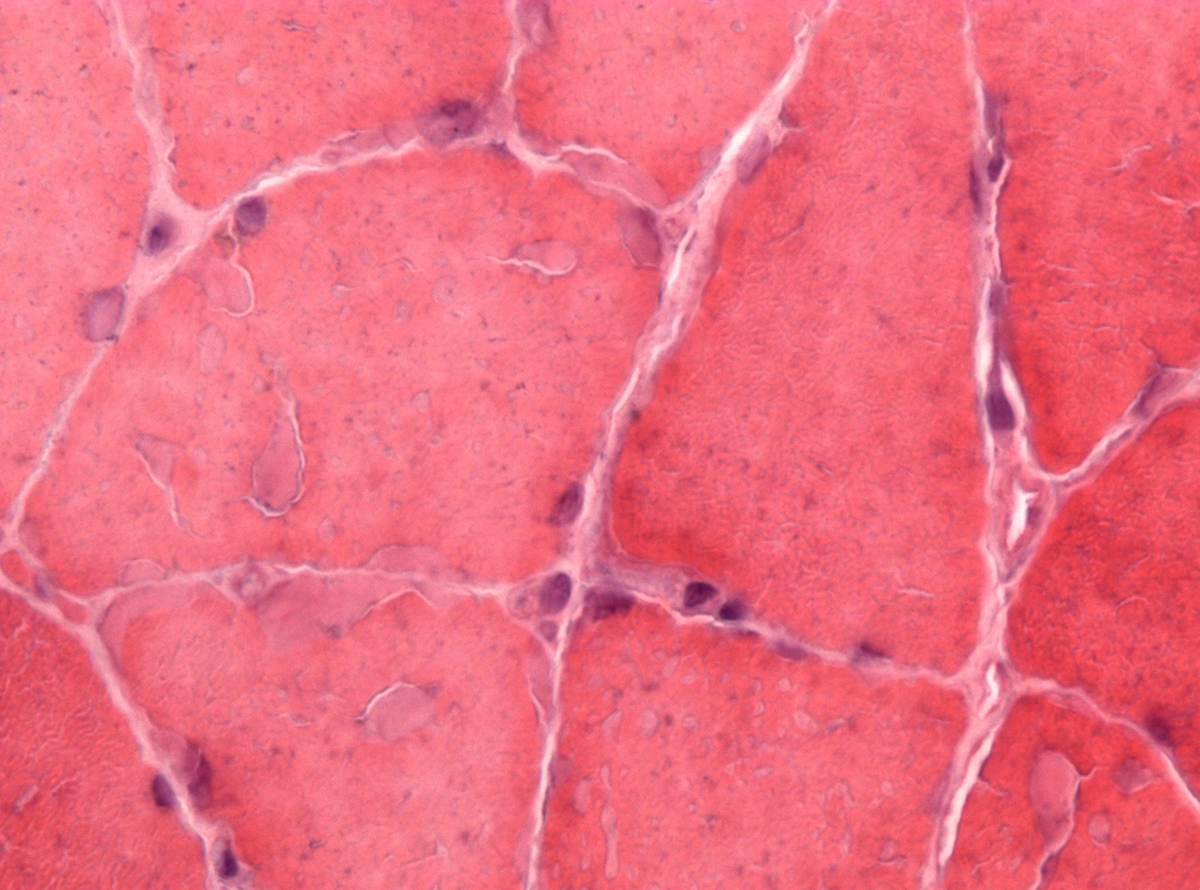
Centronuclear myopathies are group of the congenital myopathies. A myopathy is a disease of the muscle tissue itself. There are a number of different myopathies that cause weakness in the muscles. Centronuclear myopathies are genetically inherited, but they normally don’t cause any problems at birth. Problems associated with this disease are starting to outbreak later in life. Once the disease develops it manifests with problems in skeletal muscles and control voluntary movements. The problems are caused by hereditary defects that get in the way with the muscle cells' capacity to communicate with nerve cells.
Causes of centronuclear myopathy
All types of myopathy disorders are inherited. There are different types of myopathies, depending on the inheritance pattern. The disorder may be inherited from mother, father or both parents. The disease may be x linked, if the defective gene is located in the X chromosome. Males are more susceptible to developing these types of myopathies. Autosomal recessive inheritance pattern is another way of passing the defective gene. If this is the case, defective gene from each parent is required to cause the disease. Autosomal dominant inheritance parent causes the type of myopathy where only one parent is required to cause the disease.
Symptoms of centronuclear myopathy
Centronuclear myopathies are disorders that affect the muscle tissue. The most prominent symptom of the disease is a loss of muscle tone, accompanied with weakness of skeletal muscles. In many cases there are a great number of additional symptoms present, such as: respiratory insufficiency, eye muscle weakness, and drooping eyelids. Symptoms may sometimes depend on the type of myopathy. For example, patients with autosomal recessive forms of the disorder may express the weakness mainly in muscles closer to the center of the body, accompanied with cramping of the legs, facial, and eye muscle or shoulder weakness.
Diagnosis
The diagnosis of centronuclear myopathy involves investigations of patient’s personal and family history together with whole set of physical and neurologic evaluations. Tests normally include: blood tests conducted to measure potassium levels; measuring electrical nerve impulses; exercise tests to observe muscle response; an electrocardiogram; a biopsy and genetic testing.
Treatment
Unfortunately, there is no known cure for this disease, yet. However, treatments are available but they are aimed at relieving symptoms and promoting patient’s quality of life. A small portion of patients affected with centronuclear myopathies will require hospital care. Usually, patients are advised to moderate their life styles and get involved in a physical therapy. Another small portion of patients will need orthopedic surgery or bracing.


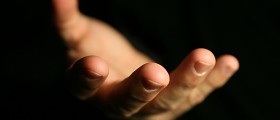

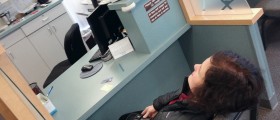
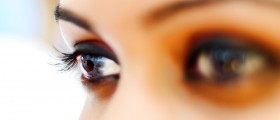
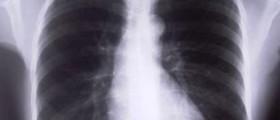



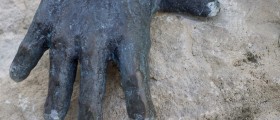






Your thoughts on this
Loading...